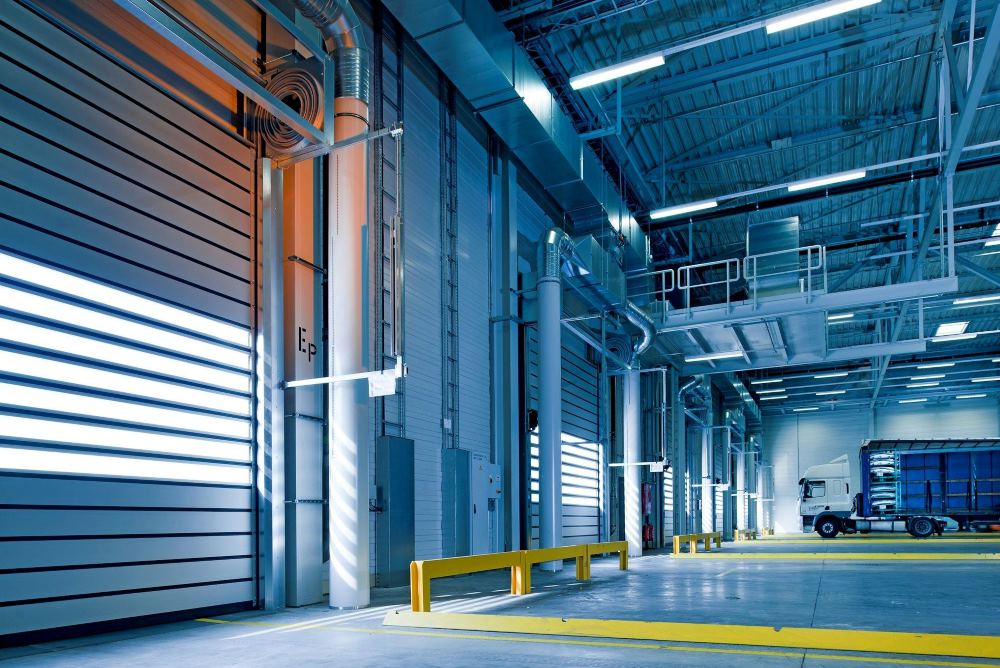Efficiency and productivity are important metrics for an organization to track. They give an understanding of how resources are being utilized in a business, and perhaps where there are areas for improvement.
In this article we’ll cover the definitions of efficiency and productivity, the difference between them, and how to measure them.
Want access to more free resources from Rowtons Training? Check out our FREE operations management online course: The Forgotten Fundamentals of Operations Management.
How do you define productivity and efficiency?
Productivity and efficiency both measure the outputs of a system or process per unit of inputs. “Outputs” are the products or services produced and delivered, while “inputs” are costs, for example the materials, energy, or labor.
Better productivity and efficiency means achieving either more units of output per unit of input, or the same output for less input.
What is the difference between efficiency and productivity?
Efficiency and productivity are both the ratio of output to input, but they’re used in slightly different contexts. We typically say “productivity” when referring to a productive resource such as human labor or a machine’s time. On the other hand, we typically say “efficiency” when referring to a resource that is consumed such as materials or energy.
How do you measure productivity in supply chain?
Productivity and efficiency are important metrics to measure supply chain and operations performance, but we need to be careful with the details when we calculate them.
We need to be careful that we know exactly what we’re measuring the productivity or efficiency of, and what these specific units of input and output are. We also need to check that these are really the outputs that we want to maximize.
- What are we measuring?
- How is it measured?
- Are we measuring the right thing?
Productivity and efficiency are good things, and keeping these ratios under review are important as a supporting supply chain KPI.
Efficiency, productivity, and “busyness”
Productivity and efficiency are not to be confused with “busyness”! Efficiently producing goods that aren’t needed is not efficient.
If a toy factory decides to double the quantity of toys produced in a batch to maximize machine utilization and “improve productivity” or “improve efficiency” when there are no customers to buy the extra products, it would “appear” efficient on the metrics. However, this is unlikely to create extra revenue and will incur more costs storing the products in the hope of selling them one day.
So in summary, productivity and efficiency are both measures of outputs per unit of inputs. These supply chain key performance indicators are important to track but are by no means the “purpose” of the supply chain or operations.




